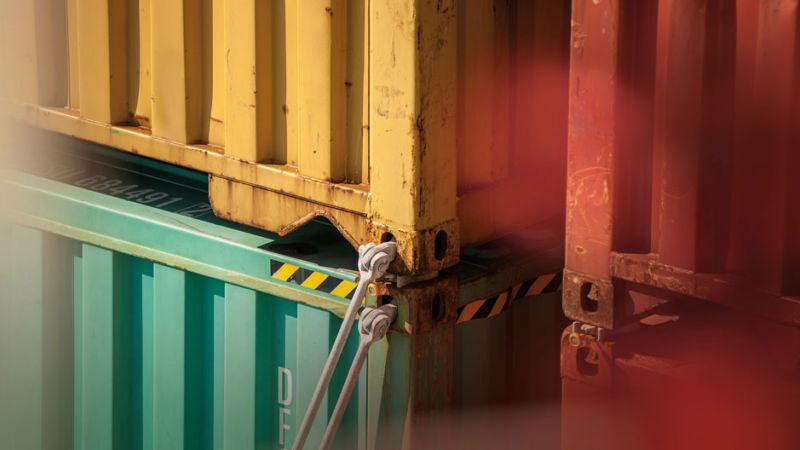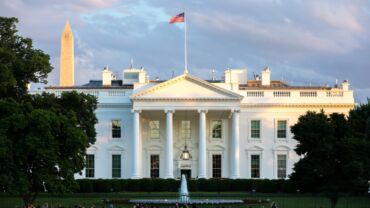As global trade undergoes a significant transformation, Diana Caceres, Senior Tax Research Manager at Thomson Reuters, speaks to Kunio Mikuriya, Secretary General of the World Customs Organization (WCO), about the key challenges that companies face in the international trade environment today. We also discuss the role of customs in supporting cross-border business, the future outlook for trade, and how modern technology can optimize trade flows.
Thomson Reuters: What are the biggest challenges Customs authorities face from Covid-19?
Kunio Mikuriya: Customs administrations, like many essential government services, have continued to operate throughout this challenging situation to ensure the smooth supply of goods (including key medical equipment), and prevent attempts by smugglers and criminals to bring in illicit and sometimes dangerous goods.
Administrations have had to take steps to protect their staff, and ensure supply chain and business continuity, while putting in place extra precautions to prevent the spread of the virus. By using online platforms to manage client queries, and exploiting digital processes through internet-based customs management systems, Customs have managed to maintain some form of normality and deploy staff from home.
The COVID-19 pandemic has shown the importance of major concepts which we have been promoting for years: an all-digital and paperless clearance process and efficient risk management through the collection and analysis of quality data. It has also highlighted the need for Customs administrations and trade and logistics operators to engage with each other in order to obtain a clear view of the challenges faced by all sides.
Thomson Reuters: How can Customs administrations provide clearer information on the documentation needed for imports and exports?
Kunio Mikuriya: It is essential that information on cross-border procedures be clear and easily accessible to all interested parties. Lack of transparency has been identified as the first “chokepoint” in the supply chain.

The need for transparency is actually embedded in several international instruments adopted by the WCO and the World Trade Organization (WTO). The requirement to publish information is not limited to Customs administrations, as it also extends to other government bodies. However, many operators may face difficulties in differentiating between the jurisdiction of Customs administrations and that of other border agencies. Customs websites should therefore provide users with the necessary trade-related information which is managed by other governmental agencies or with the necessary contact information.
Many countries have developed portals where all the trade-related information is accessible, yet the question of how to communicate more effectively still remains unanswered. That is why Customs administrations need to look beyond simply providing information and consider ways of ensuring that they communicate and engage with stakeholders.
Thomson Reuters: What is the role of technology in ensuring the smooth flow of global trade?
Kunio Mikuriya: Customs’ mandate is to ensure that goods flowing across borders comply with a wide range of regulatory requirements and multilateral trading rules. To fulfil that mandate efficiently, Customs make use of technology in implementing effective controls, and in facilitating, enhancing, and accelerating processes for the benefit of governments, traders, and citizens.
Technology includes both physical equipment, such as scanners or Non-Intrusive Inspection (NII) systems, and technological tools that derive their primary value from data. With the convergence of technology, the distinction between the two is now becoming increasingly blurred.
Many countries have developed portals where all the trade-related information is accessible, yet the question of how to communicate more effectively still remains unanswered.
It is essential for Customs to leverage technology; however, we should bear in mind that technology is only an enabler and that Customs administrations also need to transform their processes.
Examples of technology as an enabler are legion among our Members. Technology has supported Customs in enhancing connectivity, both at national and international levels. At national level, it has led to the creation of a “single window” environment where many services can work in a collaborative and coordinated manner. The concept of connectivity is not new, and we have been promoting it for years. However, with technological advancements, we are closer to our ultimate objective of creating an environment where government agencies and the private sector operate effectively and share high-quality, reliable data across borders and jurisdictions, thus speeding up and improving processing times.
The role of the WCO is to help Customs administrations in this endeavor by developing standards, steering discussions on the future of Customs, providing forums where experiences and achievements can be shared, and organizing events where technology providers and Customs representatives can meet.
The WCO has developed standards in support of IT tools. Examples include the WCO Data Model for the harmonization of electronic data requirements, the Unified X-ray File Format (UFF) for the harmonization of data generated by non-intrusive inspection devices, and standards for the electronic exchange of passenger-related information.
The WCO has also produced substantial guidance on the implementation of technologies. This includes the ICT Guidelines to help administrations implement the Standards and Recommended Practices contained in the Revised Kyoto Convention, the Single Window Guidelines, and the recently updated Guidelines for the Procurement and Deployment of Scanning/NII Equipment.







